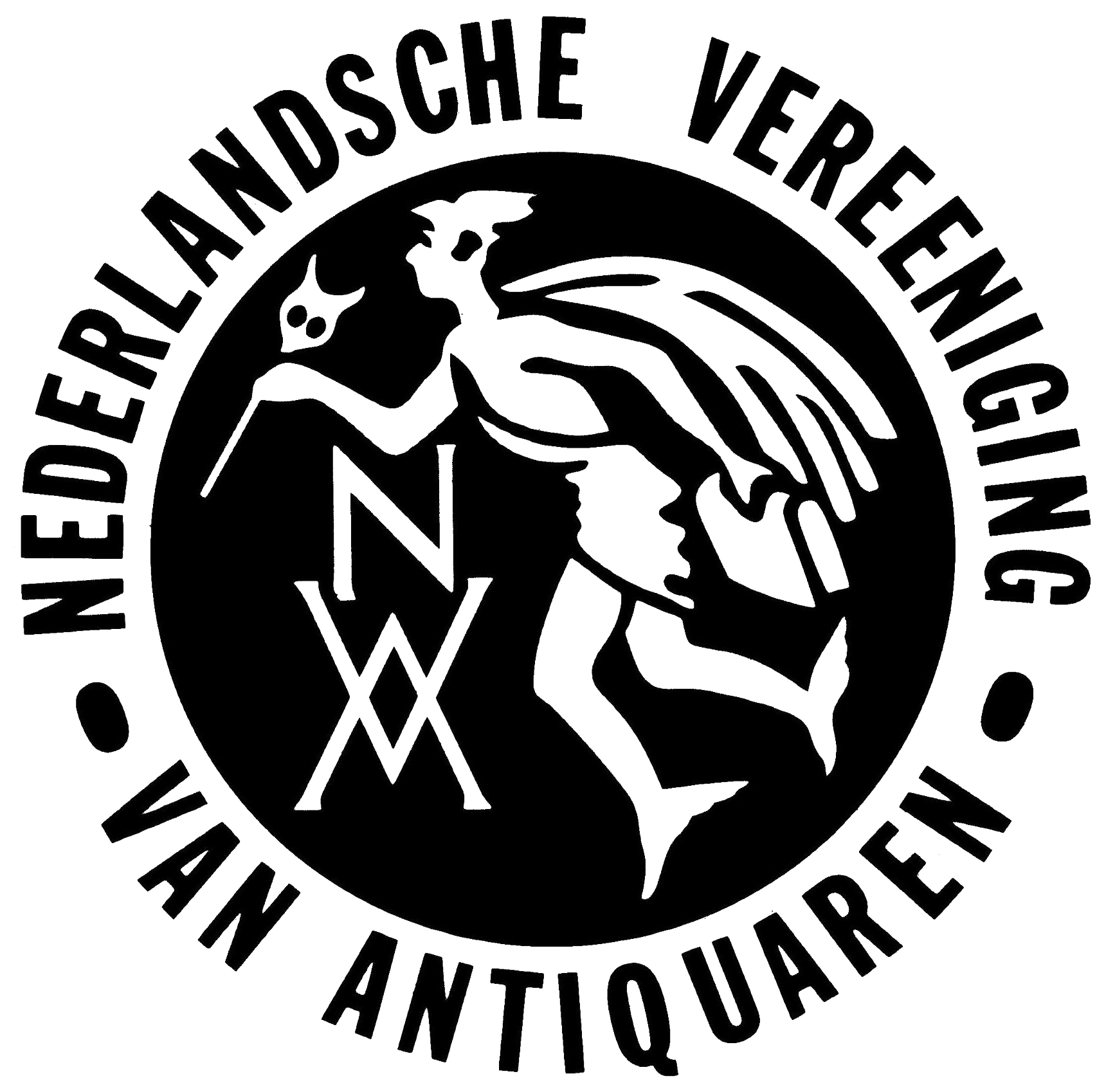[Pfanner, P.]
Stereo slides. Afrique - Africa - early 1960s. [AND] Malaysia - India - Indonesia - Hong Kong - Cambodia - Australia, etc. (1973-1975).
Switzerland, unpublished, [before] 1966-1975. A large collection of colour stereo slides, in uniform trays and boxes, preserved in four leather suitcases. With the original stereo camera; and a contemporary stereoscope with working light.
A very impressive total of about 3,050 stereo slides of an extremely precise and well-documented travelogue. Many show daily life, scenic views, etc. of a world gone by, and from before mass tourism. Mostly with short annotations and dated. Places included are Léopoldville (now Kinshasa), the Zongo Falls, Ituri Province, Kivu Province, Ruwenzori, Elisabeth Park, Lake Kivu, Kasai, Gombe, Ngorongoro, Kilimanjaro, and Elisabethville (now Lubumbashi, renamed in 1966). All in very good condition. The photos were made by the Swiss commercial traveller and amateur entomologist Pierre Pfanner (1901-1985). INCLUDED: a typed index list of the photos with more detailed descriptions (in French) of the images, as well as an overview of the itinerary, stating numbers of months and days stayed in countries regions, and cities. About a third of the photos are from Africa; the others are from mostly lesser-visited countries in Asia, apparently mostly from a 202-day journey made from Geneva to Singapore, and then to Penang - Hongkong - Taipei - Port Moresby - Cairns - Sidney - Ubud - Jogjakarta - Penang Tapah - Kuala Lumpur - Bangkok - Rangoon [Yangon] - Calcutta [Kolkata] - Darjeeling - Benares [Varanasi] - Agra - Delhi - Karachi - Sydney - USA and back to Geneva (dated from 1973 to 1975). The African places visited includes various places in South Africa. Fewer are from the Americas. Many photos show wildlife parks, and other nature reserves, wild animals, rivers, towns and villages, and their people. Several show daily life in Switzerland in the 1970s, a few show butterflies. Pfanner was known as an entomologist, specialized in Lepidoptera. A beetle was named after him, based on specimens collected by him in Malaysia. A unique window on a less-photographed world in the 1960s and 70s.
![Stereo slides. Afrique - Africa - early 1960s. [AND] Malaysia - India - Indonesia - Hong Kong - Cambodia - Australia, etc. (1973-1975).](https://www.schierenberg.nl/media/cache/product_thumb/70134/70134.jpg)



